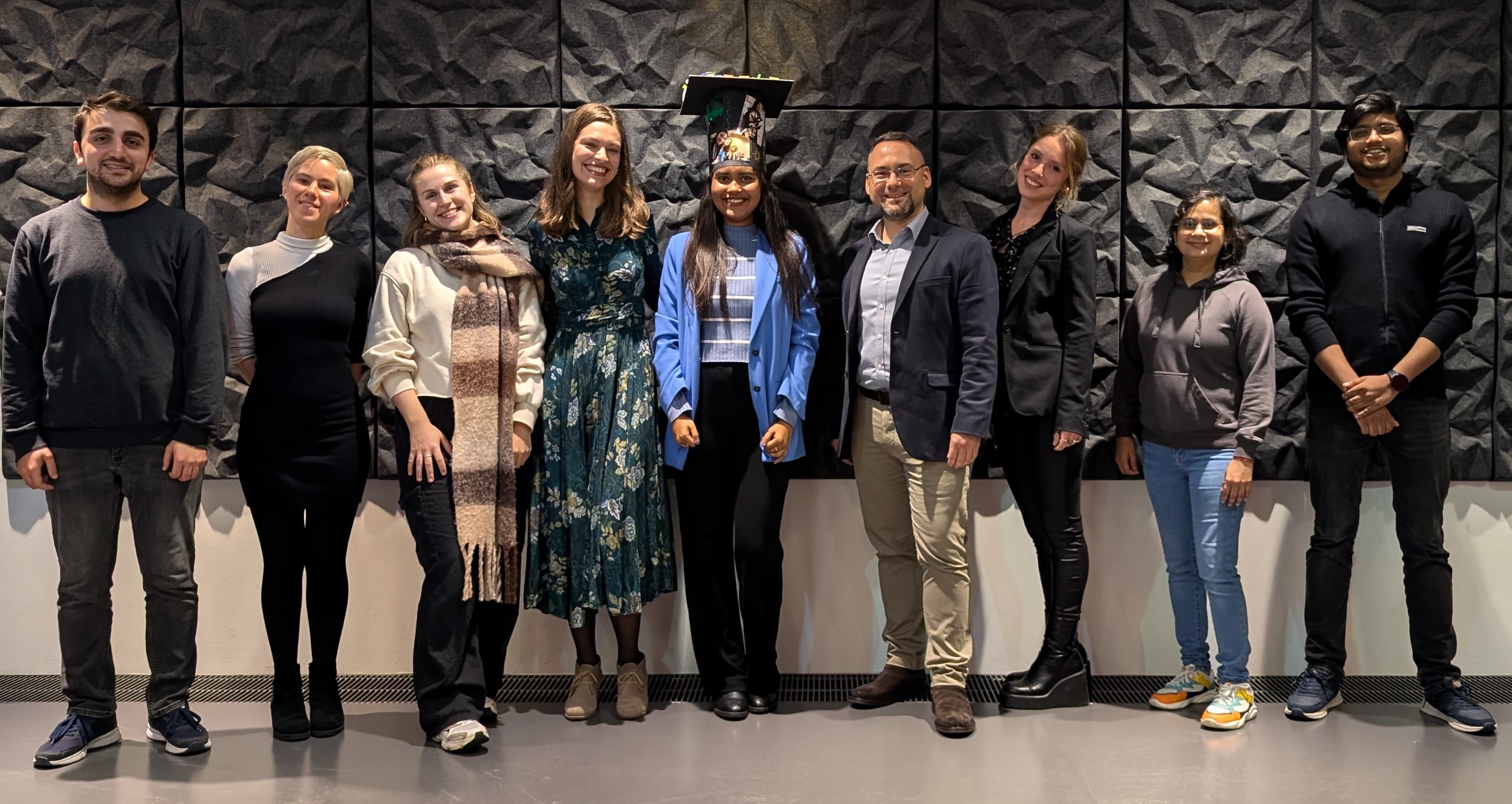
Research in the group of Dr. Dimitrios A. Pantazis at the Max-Planck-Institut für Kohlenforschung, focuses on applying quantum chemistry methods to challenging problems of biochemistry and bioinorganic chemistry. We place particular emphasis on the electronic structure, magnetism, spectroscopy and reactivity of open-shell systems. A major research area in which the group is recognized as a global leader is natural and artificial photosynthesis, with a focus on understanding the fundamental principles of solar energy conversion and water oxidation.
Specific projects target the structural and mechanistic aspects of water splitting catalysts, the principles of photosynthetic light harvesting and energy conversion, the magnetic and spectroscopic properties of transition metal clusters, and the catalytic mechanisms of metalloenzymes. We employ a range of computational approaches, often combining high-level quantum chemical methods with large-scale molecular dynamics simulations. Parallel to our independent research programs, we maintain strong collaborations with leading experimental groups around the world. Methodological developments in the group include protocols for the calculations of spectroscopic properties, spin state energetics, and photoexcited states, as well as the development of all-electron basis sets for scalar relativistic calculations.
Contact
Dr. Dimitrios A. Pantazis
Max-Planck-Institut für Kohlenforschung
Kaiser-Wilhelm-Platz 1, 45470 Mülheim an der Ruhr, Germany
Email: dimitrios.pantazis [at] kofo.mpg.de
Phone: +49 (0) 208 306 2156